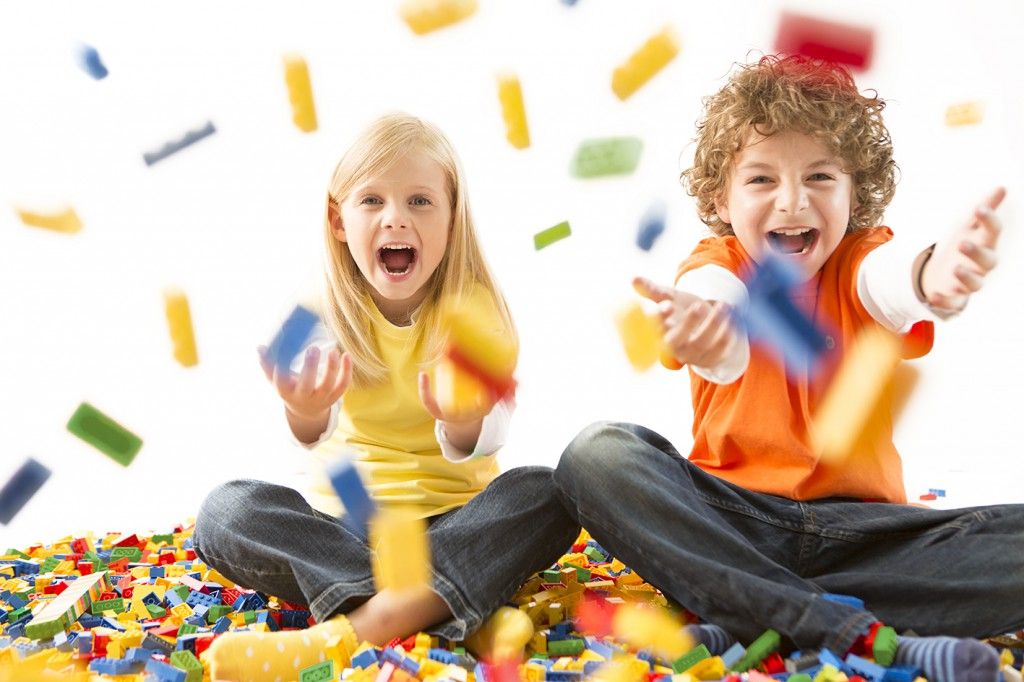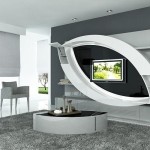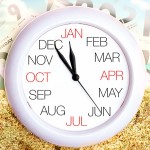
Legos Explained: What Are They? What Are The Popular Lego Types? And Reasons
Legos are so famous worldwide, you most probably could not have not heard about them before! Nevertheless, we shall take time to define legos thoroughly. Let’s just say for now that while many suppose legos are a game reserved for the very young, it is untrue, there are actually some very complex lego sets that are recommended for people over 15-16 years old. So as not to make a blunder and offer a challenging lego set for little kids; or if you’re buying for yourself or older people a set that would prove too simple, follow this complete guide that’ll also recommend some specific type and finally why you shouldn’t hesitate buying legos!
What Are Legos? (For The Martians Out There Who Still Haven’t Heard Of It!)
Legos are plastic building blocks which you can sequence in countless different combinations. You can thus build pretty much anything you might think of, from very concrete objects like a house or an animal to more impressionistic figures. There are also recreation sets available; that are sets that allow you to recreate a specific object, location, monument, movie scene… .
What Are The Different Popular Lego Types?
The lego types are mostly sorted through age recommendations. The BABY sets are designed for the youngest ones, as the name suggests for babies around 18 months. They are so simple you only find in such packages some toys and a short number of building blocks that link together and separate very easily. Such sets let the little kids basically do anything with them without the risk of breaking them or hurting themselves.
When the kids are in their toddler years (2,3 or 4 years old), they can evolve to the DUPLO sets. They are comparatively more complex than the previous type but stay simple enough so as not to frustrate our cute little kids. The blocks are more numerous and diversified, with the standard rectangle-shaped blocks as well as some tilted blocks and animal parts. The kids can start constructing some more or less concrete objects and the regular blocks have that 2 dots connexion which will actually enable these blocks to extend their life when the kids will grow and go to more complex sets.
Next are the standard normal-sized lego types, perfect for developing your kids dexterity skills as well as let their imagination go free and inversely limit them to be methodical and create something specific. There are therefore two different categories in this lego type. First are the MAKE & CREATE sets that actually varies in the number of blocks proposed, from dozens to hundreds! A set comes with different but closely related themes in mind, or you could just freely construct whatever your mind tells you to. The complexity of such sets can vary from the fairly simple to the more challenging.
The second are the STORIES & ACTION sets that do not allow for much free construction but do instead focus on letting you reproduce a very specific thing, from famous locations, monuments, vehicles to popular movie scenes etc. Such sets can also get pretty complicated sometimes so don’t forget to check the age recommendation that can give you a good indication, but see them only as they are: an indication. In fact, some sets for example can be recommended for only +5 year old children but a slightly younger kid can still handle just fine; not to mention you may guide them and help them a bit, but those malicious little ones do learn pretty quickly!
Reasons Why You Should Opt For Legos
Simply because you are guaranteed a good quality product! While Lego is not the only brand that uses connecting building blocks, its universal renown is proof of its value and how fun and stimulating it had been and still is for many past, present, and future generations. Legos are also reputed for being safe and robust. Oh and don’t forget to check the floor before stepping somewhere in a house, legos are quite the painful little objects to step, although the kids do not mysteriously suffer that kind of predicament (they do step on it, they just don’t seem to notice it!).























